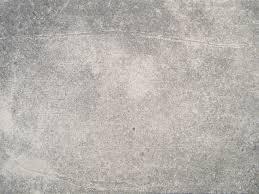Oct 21, 2014
 Concrete will crack, spall and its surface will deteriorate. Regular inspection and maintenance will help keep concrete surfaces looking good. Concrete surfaces are especially subject to damage during the first year after the concrete is placed. This type of damage usually happens during the winter months, due to snow and ice buildup, and due to the freezing and thawing of the concrete and subgrade material. Surface deterioration of any kind is not guaranteed or warranted.
Concrete will crack, spall and its surface will deteriorate. Regular inspection and maintenance will help keep concrete surfaces looking good. Concrete surfaces are especially subject to damage during the first year after the concrete is placed. This type of damage usually happens during the winter months, due to snow and ice buildup, and due to the freezing and thawing of the concrete and subgrade material. Surface deterioration of any kind is not guaranteed or warranted.
The application or presence of de-icing agents or salt will cause added freezing and thawing of the concrete surface, which weakens the surface strength and causes the surface to deteriorate. All de-icing agents have an adverse effect on concrete, even those that specifically state that they are “safe”.
We strongly suggest the following to help mitigate (but not guarantee against) concrete surface deterioration:
- If needed, spread sand for traction, instead of using de-icers or salt for thawing.
- Clear all snow and ice off of all concrete surfaces as quickly as possible – do not allow concrete surfaces to remain packed with snow or ice.
- Rinse concrete surfaces with water when temperatures allow to remove any residual road salt and ice.
- When possible, do not park cars or trucks in the driveway during the winter months. This introduces additional salt to the driveway surface.
- Apply a densifying sealer (Salt Guard or Aquapel) to all concrete surfaces after they have cured, especially prior to the first winter after its placement.
Driveways, driveway approaches, rainlip section of the garage floor (where the garage door meets the concrete), and in general any concrete that comes into contact with road salt are the most susceptible to damage and require the most attention.
If you need help choosing a concrete sealer or would like more information on how to maintain your new concrete driveway, give us a call at 630-226-0460.